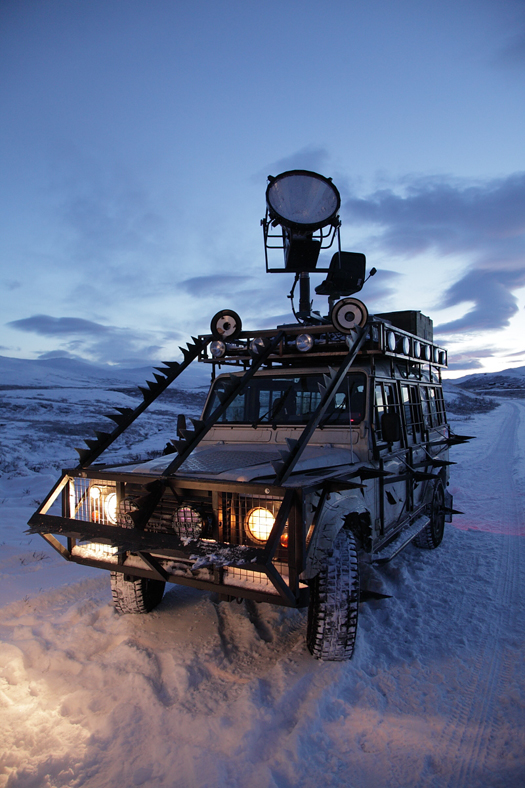. . . Red light . . . will be visible for the farthest distance and will be the clearest regardless of distance. . . .
This statement bothered me when I first read it because my recollection from my days long ago as a physics student is that an amber light of a given brightness is visible to the human eye from a greater distance than a red light of the same brightness. However, I didn't challenge OCD Overland's claim because I had concluded that a rear facing visibility light used on the street needs to be red in order to comply with the vehicle codes of most states even if an amber light might appear brighter.
Then came the most recent post in this thread, which read in part:
JaSan said:
One pays a huge price for red over amber: (from my Gam Color Chart) medium red = 13% transmissivity, medium amber = 71% transmissivity.
Aargh! Now I'm wrestling with Red vs. Amber as the most effective visibility light again.
I just did a Google search and found a 1999 article by Adrian Popa, "Mad Scientist" in the Engineering Department at Hughes Research Laboratories, who discusses the wavelengths of various colors, explains the physics of light transmission and the construction of the human eye, then confirms,
"Red is the worst color for seeing at a distance. You can observe this on a clear dark night from a hilltop looking at distant traffic signals. The yellow light will be brightest, the green light (which is slightly blue) will be seen almost as bright and the red light will be quite dim. For the same reason, on newer cars with yellow turn indicators, you will notice that they are much brighter than the red turn indicators on older cars."
Dr. Popa continues,
"So why are red lights used? In daylight the sun brightly lights the world that we see which often is filled with trees, grass and green things. Thus the contrast of seeing a green light and perhaps a yellow light against a bright yellow green background is difficult. In nature there are very few red colors except for flowers and so red stands out against the natural daylight background.
"In the nighttime this is not true and the background is less of a problem. In the city where I live we now use yellow fire engines because they can be
seen much better in dim light. We still have a few old red fire engines and they are almost black in dim light."
http://www.madsci.org/posts/archives/1999-10/939051861.Eg.r.html
I think the bottom line is this: An amber light is more visible as a dust light or visibility light than red (something that offroad racers seem to know instinctively without resort to a study of physics). However, Federal DOT standards and many state vehicle codes require rear facing lights to be red in color with the exception of turn signals (which may be amber) and backup lights (which must be white). Thus, a dust/visibility light used on streets and highways must be red even though it is not the best color for visibility. A visibility light used offroad only may be amber or red, with the convention among offroaders being amber.




